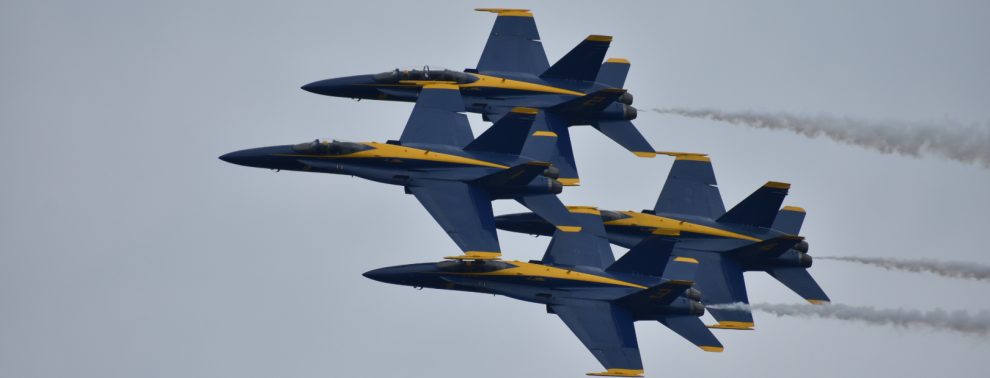
Built in the first few months of 1944, the naval battery at Longues was equipped with four 150-mm guns, housed in casemates, and a range-finding post embedded in the cliff face. Thanks to the range of its guns, the battery could fire on both the Omaha (American sector) and Gold (British sector) beaches. Although it was heavily bombed prior to D-Day, it was still capable of opening fire on the invasion fleet in the morning of June 6th 1944. At daybreak, it engaged in a duel with several Allied cruisers before being silenced in the evening. The next day, it was captured by the British without a fight.
It’s late in the evening of June 5th, 1944. On the waters of the English Channel 160,000 troops and 195,700 Allied naval and merchant navy personnel are aboard over 5,000 ships preparing themselves for the battle that will begin tomorrow morning. The soldiers are preparing to assault Fortress Europe, defended by a mixture of Germany’s best, and worst troops. The fortifications are the best the inventive engineers, driven by the military genius Erwin Rommel, can come up with. Some of the fortresses are so strong that they still exist today, impossible to destroy in the past, and too historically important to lose now.
Imagine the soldiers, most of them new to combat, but full of bravado on the outside and most likely terrified on the inside. Imagine, too, the veterans of invasions such as Sicily, who are well aware of the terror and agony of battle. If anything, they are more frightened than the rookies.
Imagine the pilots, paratroopers, and pathfinders getting ready, right now, to take off and be dropped behind the enemy lines to confuse and surprise, to attack fortifications and strategic points behind the beach head. They’re nervously smoking, talking, and joking while getting ready to board their planes and gliders.
Imagine the generals who have ordered the largest invasion ever, and their doubts and fears. Eisenhower, the supreme commander, has just written two press releases. One to announce the successful invasion of France, the other to apologize for the failed attempt.
Imagine also the troops defending the French coastline. Many of them are conscripts from countries the Germans conquered during the course of the war; Poles, Russians, Czechs, none of whom are willing to die in the next few hours, but will.
Imagine, too, the citizens of the sleepy French villages along the Normandy coastline. Some know that the invasion is about to start, because they are members of the resistance, and coded signals have been sent to them, telling them to disrupt rail and communications before the invasion begins.
June 6, 1944 will dawn soon. It’s Spring in the high latitudes of the Northern Hemisphere and the light comes early. Think about all who will fight tomorrow morning, those who will die, those who will be maimed, and those who have the ability to walk through raindrops (or a hail of steel and lead) and not be touched. Think about the millions who rot in Concentration Camps, waiting, praying, for the salvation that’s about to hit the beaches of Normandy. Think about the millions who have suffered through years of occupation by the German Army. This is the biggest event in the 20th Century, and it needs to be remembered, honored, and written about.
